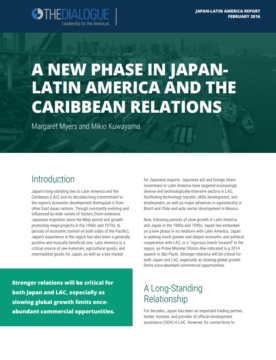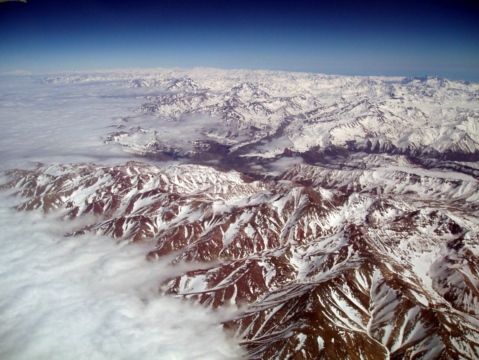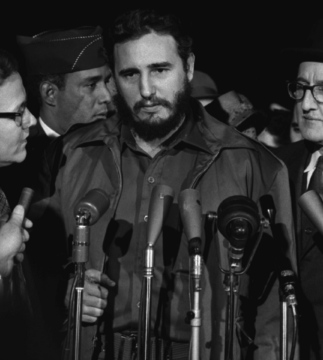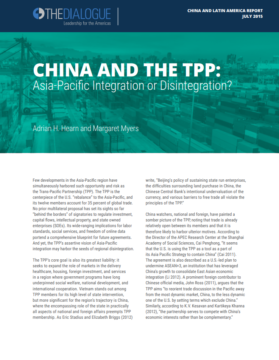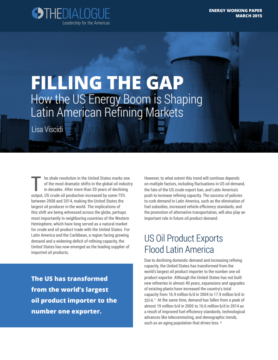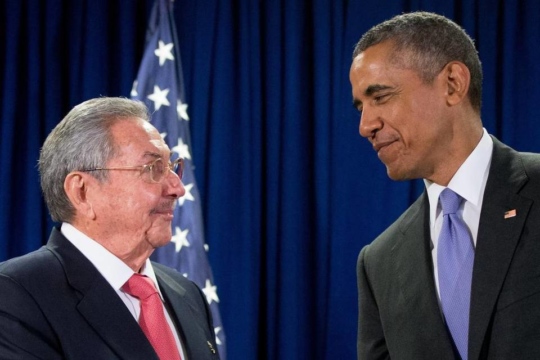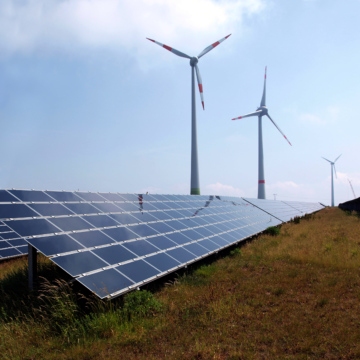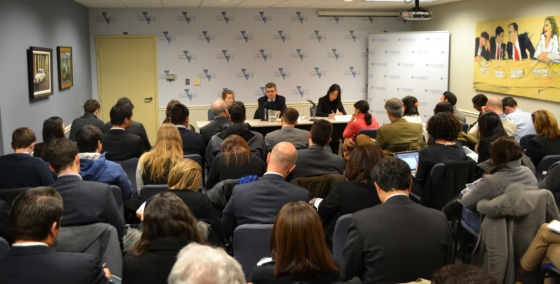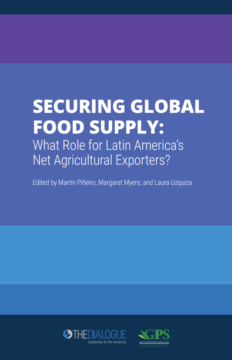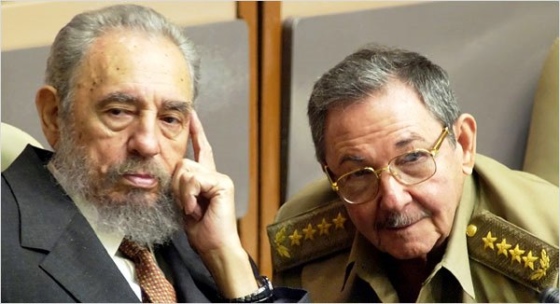
Remittances to Latin America & the Caribbean in 2014
In 2014, remittances to Latin America and the Caribbean grew 4%, reaching at least $62.3 billion.
In 2014, remittances to Latin America and the Caribbean grew 4%, reaching at least $62.3 billion.
Latin America can expect both continuity and divergence from Chinese actors in the coming years.
For decades, Japan has been an important trading partner, lender, investor, and provider of official development assistance in Latin America and the Caribbean.
Though the COP21 negotiations promise to be complex, they also present an opportunity for the region to address existing vulnerabilities.
Castro, who led Cuba for nearly 50 years, died Friday. In 2006, he had transferred the presidency to his younger brother, Raul Castro, after a debilitating intestinal ailment. Fidel Castro’s vision and iron rule shaped every aspect of life in Cuba and its relations worldwide. Many, perhaps most, Cubans would say he held power too tightly and too long. He was Latin America’s most prominent 20th century leader, but his legacy remains to be defined.
Will the TPP and RCEP be promoting of greater integration or of disintegration in the Asia-Pacific region?
The surge in unconventional oil and gas production in North America has dramatically shifted energy markets in the Americas.
President Barack and Michelle Obama’s trip to Cuba, scheduled for March 21 and 22, is aimed at making the normalization of relations with the island, begun little more than a year ago, “an irreversible policy.” From a US perspective, the policy already looks pretty much irreversible.
Development banks should play a great role in ensuring sustainable infrastructure development in Latin America in the coming years.
Peace in Colombia promises to bring many environmental benefits to the country, but also poses environmental risks .
Despite slowing growth on both sides of the Pacific, China’s policy bank finance to Latin America reached $30 billion in 2015.
How role can Latin America play in addressing global food security challenges?
The pendulum of Latin American politics is swinging rightward once again. Yet as the “pink tide” recedes, the forces of change have more to do with socioeconomics than ideology. Dramatic economic and political crises have coincided in countries like Brazil and Venezuela. Still, the final result for Latin America may be the emergence of centrist, pragmatic modes of governance, and with them, opportunities for the U.S. to improve relations. The new administration must look beyond the neoliberal model of the 1990s, and develop an approach to relations fit for the 21st century.
The Costs of Sending Money to Latin America and the Caribbean
Fidel Castro was Latin America’s most prominent 20th century leader. What is unclear is how he will be remembered—for governing Cuba with a progressive agenda or for keeping the island isolated and underdeveloped.

